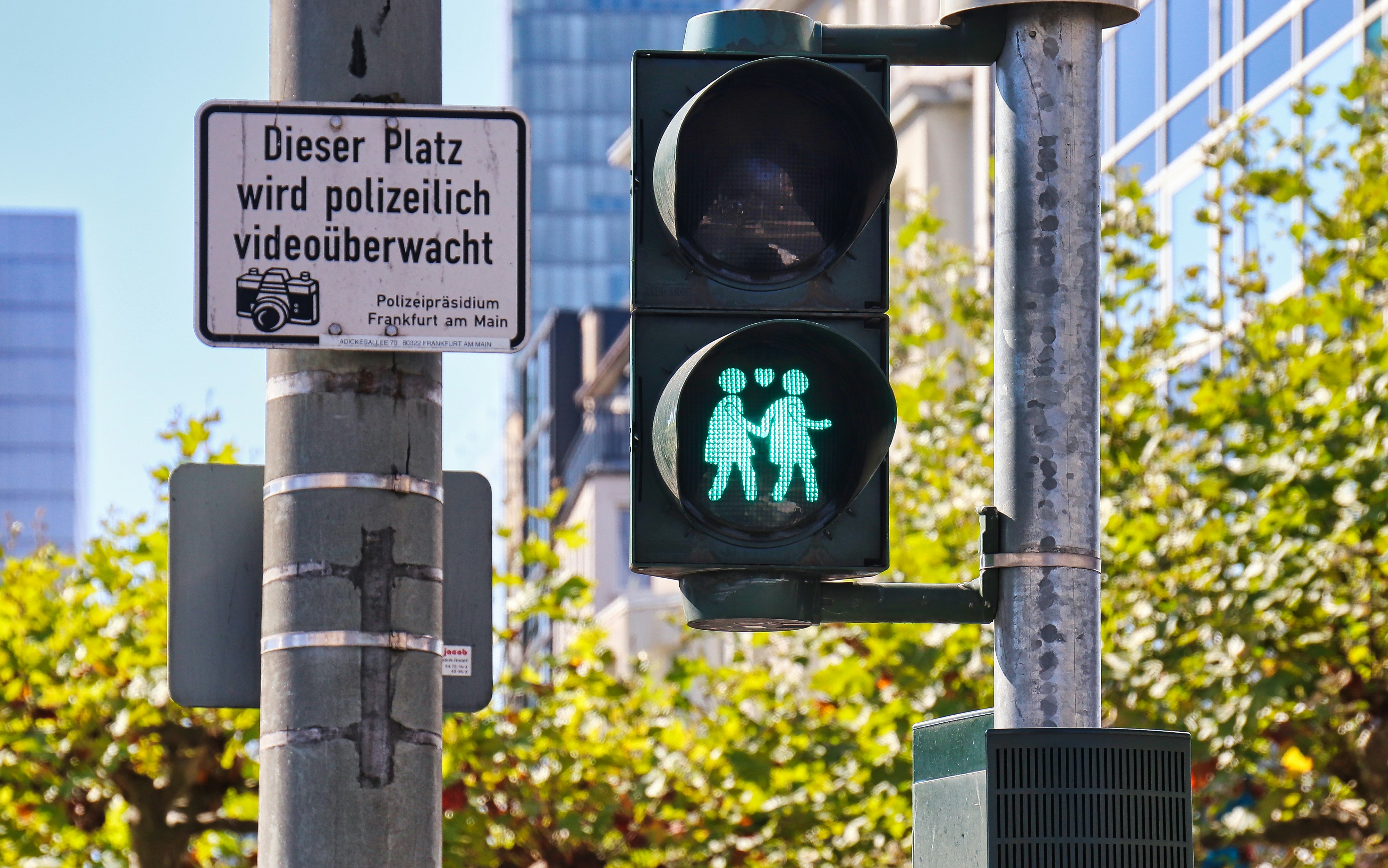
How Germany’s Pedestrian Culture Rewired My Indian Street Smarts
A cross-cultural reflection on pedestrian safety, cultural conditioning, and expat adaptation, exploring how German pedestrian culture reshapes ingrained habits.
In Bombay (yes, I am still emotionally attached to the name), crossing the street isn’t a right—it’s a survival skill rooted in decades of cultural conditioning. You don’t wait for gaps in traffic. You calculate velocity, eye contact, and divine timing. You dodge cars not because you’re reckless about pedestrian safety but because you must, at least if you have any hope of getting to the other side.
The Unraveling of Instinct
For two decades, I trusted those instincts implicitly. And I told myself, naively, that this kind of conditioning doesn’t fade. Until it did. Just like the Bombay roads had trained me slowly, so too did a quieter, rule-bound rhythm sneak up on me—thanks to German pedestrian culture.
The Madrid Epiphany
The lesson of Pavlov and his dog came back to me not in Germany but in Spain, of all places. I found myself on a deserted street in Madrid, with not a car or bike in sight. And yet, I stood there, obediently waiting for the pedestrian light to turn green so I could cross the road. In India, I could have probably crossed and recrossed the street five times in those minutes I stood immobile. I realized I wasn’t just waiting for cars—I was waiting for permission, conditioned by years of German pedestrian culture to obey the light, no matter the emptiness of the street.
What on earth had happened to me? The answer, in a word, is Germany.
Myth vs Reality: Pedestrian Behavior in India vs. Germany
| Myth | Reality |
|---|---|
| Germans are just “obsessed” with rules. | German pedestrian culture is built on mutual trust that the rules will be respected. |
| Indians don’t follow the rules because they don’t care. | The general chaos of Indian streets requires improvisation. |
| Pedestrian crossings are universal, so behavior around them should be consistent. | The presence of pedestrian crossings varies widely from country to country, and cultural conditioning also influences how individuals perceive and interact with them. |
| Jaywalking is unsafe everywhere. | In India, it’s often the only way across; in Germany, it’s frowned upon. |
| Following rules is about individual choice. | In Germany, it’s about collective responsibility and setting an example. |
Cultural Rewiring: Chaos vs. Order
In India, every crossing is a negotiation, an exercise in maintaining eye contact and relying on intuition. You don’t need as many rules when you’ve got 360-degree awareness and a dash of fatalism. But German pedestrian culture can quickly rewire you. You learn to wait. To trust that drivers will stop. That system will work. That if the light is red, your feet stay still—no matter how empty the road looks.
And if nothing else, the conditioning of waiting for the light to turn green takes hold rather quickly when you risk:
- The disapproving stares of your co-pedestrians – usually an older woman who will mutter inaudibly (and sometimes very audibly)
- A shocked gasp from a parent standing next to a young child as they watch you set a bad example for the next generation
- Quite simply, it is becoming roadkill.
Societal Reflections in Street-Crossing
My belief is that in India, where pedestrian crosswalks are scarce, no one expects anyone to follow the rules religiously. Drivers are naturally hypervigilant out of necessity because someone could dash across at any moment.
Lessons Learned
First, there are a lot of words for pedestrian crossing in German.
- Zebrastreifen: Literally meaning “zebra stripes,” and also the most commonly used term.
- Fußgängerüberweg: A formal way of saying pedestrian crossing.
- Ampelüberweg: Refers specifically to a traffic light-controlled pedestrian crossing. In this case, the traffic light itself is a Fußgängerampel.
Yes, Germans really do have very specific words for almost everything!
Second, that structure can be good—especially when it keeps you safe and prevents you from becoming a human pancake on German streets.
Third, that cultural conditioning travels with you. You might carry habits into places where they make no sense. Like me, waiting patiently in Spain when no one was watching and no cars were coming. Just the echo of a red light… and a lesson from Pavlov.
Lastly, the differences in street-crossing norms between India and Europe reflect the distinct ways their societies operate.
In India, chaos works because people are constantly scanning and adapting based on what they see and hear. Crossing the street is a shared, unscripted improvisation with people who are used to being flexible.
In Germany, order works because it’s trusted, and people rely on the rules. Crossing the street is a solo act performed on a choreographed schedule. Yes, it’s efficient.
Embracing the Mischung
But suppose your social orientation, like mine, is a Mischung, or mixture, of both countries. In that case, you might miss the alertness and adrenalin spike of the Indian streets, where survival feels like a daily act of genius.
When that happens, there’s only one thing for it. Cross the street to your nearest bakery and submit yourself to the glory of a Kaffee und Kuchen hour – another aspect of German life that I have wholly and happily embraced. Because there really is very little that a cup of coffee and a slice of cake can’t make just a bit better.
To Readers
Have you ever caught yourself following rules even when they made no sense? If you’ve ever clashed with a new culture’s rhythm in surprising ways, share your cross-cultural conditioning stories in the comments—or check out the Tiny Culture Quake series.
